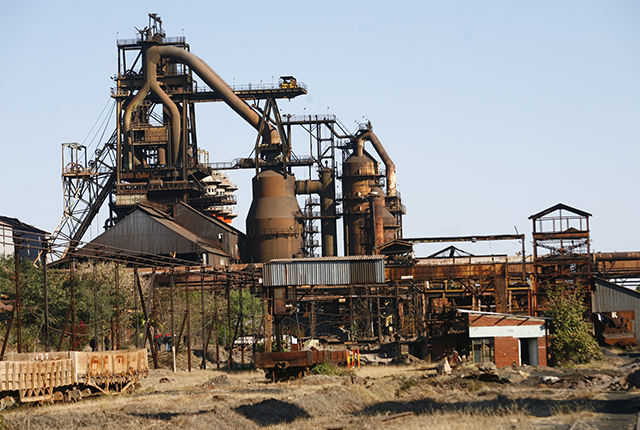Industry capacity rises to 47,4pc

Business Reporter—
CAPACITY utilisation in the manufacturing sector rose to 47,4 percent in 2016 from 34,3 percent in 2015 with some companies now operating at full capacity as the positive impact of Government’s measures to restrict imports of locally available products begin to show.The Confederation of Zimbabwe Industries Manufacturing Sector survey 2016 released yesterday showed that about eight percent of respondents were operating at 100 percent capacity as the business environment continues to improve.
Government introduced Statutory Instrument 64 of 2016 in June which regulates imports, a measure which has turned out to be a game changer in turning around the economy.
“This is a very positive development largely resulting from the moves on the part of Government to protect local industry and the import priority list,” CZI chief economist Dephine Mazambani said while presenting the survey findings.
Among products on SI 64, wood and furniture sector was operating at 57,8 percent, metallic mineral products were at 57,5 percent, foodstuffs 56,1 percent, paper, printing and packaging at 52,9 percent and drinks, tobacco and beverages were at 52,4 percent.
“At the same time is in notable that only 20,7 percent of respondents viewed SI 64 as positive. This seems to indicate that the overriding concern of industrialists is the uncertain macro-economic environment,” she said.
This conclusion is supported by the fact that 77,1 percent of respondents rated policy instability as negative or very negative for the economy. In addition 73 percent feel that the Government and/or Business Member Organisations are not improving in private-public dialogue consultation with the private sector to address economic challenges.
“Sixty percent of the respondents do not know of any public-private dialogues or consultations conducted by Government or BMOs in the past 24 months to address economic challenges.
“The priority therefore for both Government and the private sector to accelerate the already existing initiatives for broad based macro-economic stabilisation,” said Ms Mazambani.
On a regional basis, the survey showed that companies operating from Harare are operating at 48,3 percent capacity utilisation while those in Bulawayo are operating at 33,3 percent.
In Manicaland and Midlands provinces, average capacity utilisation is 43 percent and 44,3 percent respectively.
Furthermore, 21,79 percent respondents identified low demand for domestic products, 14,2 percent said liquidity challenges, while 12,86 percent identified competition from imports as reasons for capacity constraints.
About 12 percent blamed competition from local producers, 10,36 percent blamed drawbacks from current economic environment, 8,93 percent identified capital constraints, 4,64 percent said high cost of doing business, with the same percentage blaming cost/shortage of raw materials for the capacity constraints.
Antiquated machinery and breakdowns, power and water shortages were also some of the reasons identified for capacity constraints.
For instance, in the Midlands province 70 percent of manufacturers were using equipment dating back more than 20 years.
But as overall productivity improved according to the 2016 survey, local industry expressed serious reservations on corruption, policy instability, access to finance and low demand for domestic products which are impacting on its ability to thrive.
“This seems to indicate that the overriding concern of industrialists is the uncertain macro-economic environment.”
However, in terms of viability, most businesses surveyed said their situation remained largely unchanged, with 36 percent saying the situation had worsened and only four percent recording an improvement.
Those in the export business cited access to trade finance, importing inputs, burden some procedures at foreign borders and high cost of transportation as stumbling blocks to improving their performance.
Concerns were also raised about poor infrastructure, particularly relating power cuts and shortages, dilapidated rail network, poor roads and water shortages as impacting on the performance of business.









Comments